The Venezuela Portal.svg.png.webp) Flag of Venezuela Venezuela (/ˌvɛnəˈzweɪlə/ VEN-ə-ZWAY-lə; Latin American Spanish: [beneˈswela] ⓘ), officially the Bolivarian Republic of Venezuela (Spanish: República Bolivariana de Venezuela), is a country on the northern coast of South America, consisting of a continental landmass and many islands and islets in the Caribbean Sea. Venezuela comprises an area of 916,445 km2 (353,841 sq mi), and its population was estimated at 29 million in 2022. The capital and largest urban agglomeration is the city of Caracas. The continental territory is bordered on the north by the Caribbean Sea and the Atlantic Ocean, on the west by Colombia, Brazil on the south, Trinidad and Tobago to the north-east and on the east by Guyana. Venezuela is a presidential republic consisting of 23 states, the Capital District and federal dependencies covering Venezuela's offshore islands. Venezuela is among the most urbanized countries in Latin America; the vast majority of Venezuelans live in the cities of the north and in the capital. Venezuela is a developing country having the world's largest known oil reserves and has been one of the world's leading exporters of oil. Previously, the country was an underdeveloped exporter of agricultural commodities such as coffee and cocoa, but oil quickly came to dominate exports and government revenues. The excesses and poor policies of the incumbent government led to the collapse of Venezuela's entire economy. The country struggles with record hyperinflation, shortages of basic goods, unemployment, poverty, disease, high child mortality, malnutrition, severe crime and corruption. These factors have precipitated the Venezuelan refugee crisis where more than seven million people have fled the country. By 2017, Venezuela was declared to be in default regarding debt payments by credit rating agencies. The crisis in Venezuela has contributed to a rapidly deteriorating human rights situation. Venezuela is a charter member of the United Nations (UN), Organization of American States (OAS), Union of South American Nations (UNASUR), Bolivarian Alliance for the Peoples of Our America (ALBA), Mercosur, Latin American Integration Association (LAIA) and Organization of Ibero-American States (OEI). (Full article...) Selected article -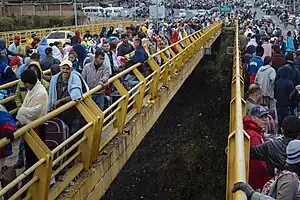 The Venezuelan refugee crisis, the largest recorded refugee crisis in the Americas, refers to the emigration of millions of Venezuelans from their native country during the presidencies of Hugo Chávez and Nicolás Maduro because of the Bolivarian Revolution. The revolution was an attempt by Chávez and later Maduro to establish a cultural and political hegemony, which culminated in the crisis in Venezuela. The resulting refugee crisis has been compared to those faced by Cuban exiles, Syrian refugees and those affected by the European migrant crisis. The Bolivarian government has denied any migratory crisis, stating that the United Nations and others are attempting to justify foreign intervention within Venezuela. Newsweek described the "Bolivarian diaspora" as "a reversal of fortune on a massive scale", where the "reversal" is a comparison with Venezuela's high immigration rate during the 20th century. Initially, upper class Venezuelans and scholars emigrated during Chávez's presidency, but middle- and lower-class Venezuelans began to leave as conditions worsened in the country. It has caused a brain drain that affected the nation, due to the large number of emigrants who are educated or skilled. During the crisis, Venezuelans have often been asked about their desire to leave their native country, and over 30 percent of those asked in a December 2015 survey said that they planned to permanently leave Venezuela. The percentage nearly doubled the following September as, according to Datincorp, 57 percent of respondents wanted to leave the country. By mid-2019, over four million Venezuelans had emigrated since the revolution began in 1999. (Full article...)Selected picture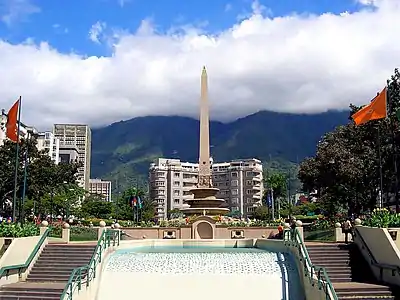
Plaza Francia, also known as "Plaza Altamira", is a public space located in Altamira, east Caracas. It was built at the beginning of the 1940s and opened on August 11, 1945 with the name "Plaza Altamira". Its name was later changed due to an agreement between the cities of Caracas and Paris to have a Venezuela Square in Paris and a France Square in Caracas.
Selected biography -Nicolás Maduro Moros (Spanish: [nikoˈlas maˈðuɾo ˈmoɾos] ⓘ; born 23 November 1962) is a Venezuelan politician who has served as the president of Venezuela since 2013. Beginning his working life as a bus driver, Maduro rose to become a trade union leader before being elected to the National Assembly in 2000. He was appointed to a number of positions under President Hugo Chávez, serving as President of the National Assembly from 2005 to 2006, as Minister of Foreign Affairs from 2006 to 2013 and as the vice president from 2012 to 2013 under Chávez. After Chávez's death was announced on 5 March 2013, Maduro assumed the presidency. A special presidential election was held in 2013, which Maduro won with 50.62% of the vote as the United Socialist Party of Venezuela candidate. He has ruled Venezuela by decree since 2015 through powers granted to him by the ruling party legislature. (Full article...)In this month...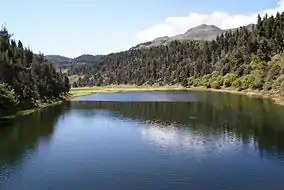 Laguna Victoria in the Sierra Nevada of Venezuela
Did you know (auto-generated) -
Selected list -The University City of Caracas is a World Heritage Site in Caracas, Venezuela. It is a functional university campus for the Central University of Venezuela, as well as home to 108 notable works of art and famous examples of creative architecture. Many works of art are modernist and mosaic. The campus was designed by architect Carlos Raúl Villanueva, who oversaw much of the construction and design work, with the artwork overseen by Mateo Manaure. Villanueva primarily enlisted artists who were either European or had European influences – Villanueva himself had been inspired for the campus design in Paris – including members of Los Disidentes, a group of Venezuelan artists who left for Europe to break from the Mexican mural tradition. Some artists did not initially want to work on the project, as they were opposed to the military dictatorship in place in Venezuela at the time, but French artist Fernand Léger encouraged them to participate by saying that "dictatorships pass but art remains"; part of Villanueva's intention was unity. Latin American art scholar Monica Amor wrote that Villanueva's Synthesis of the Arts philosophy, inspired by an André Bloc approach, "advocated a strong humanist approach to urban issues of reconstruction and social healing after the devastation of World War II." Amor noted that debate surrounding the dictatorship's funding of the project, and its realization in this context, persists into the 21st century. (Full article...)Current events
More did you know... Venezuelan patrol boat Naiguatá
TopicsCategoriesCategory puzzle Select [►] to view subcategories
Venezuela Venezuela-related lists Buildings and structures in Venezuela Venezuelan culture Economy of Venezuela Education in Venezuela Geography of Venezuela Government of Venezuela Health in Venezuela History of Venezuela Organizations based in Venezuela Venezuelan people Politics of Venezuela Society of Venezuela Images of Venezuela Venezuela stubs Recognized content
Featured articlesGood articles
Featured pictures
New articlesThis list was generated from these rules. Questions and feedback are always welcome! The search is being run daily with the most recent ~14 days of results. Note: Some articles may not be relevant to this project.
Rules | Match log | Results page (for watching) | Last updated: 2023-11-29 23:25 (UTC) Note: The list display can now be customized by each user. See List display personalization for details.
Things you can doWikiProjectsWikiProjects puzzle
Related portalsAssociated WikimediaThe following Wikimedia Foundation sister projects provide more on this subject:
Discover Wikipedia using portals
|
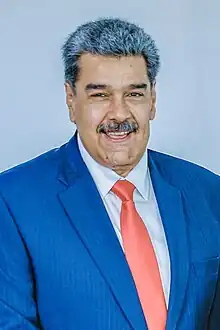
_Chromatopelma_cyaneopubescens_-_Venezuela_-_Female.jpg.webp)
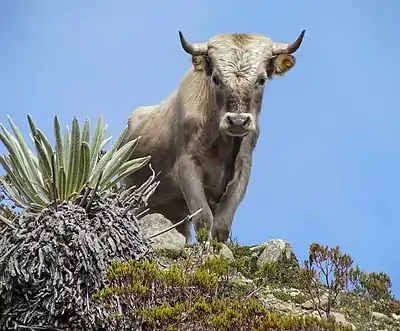
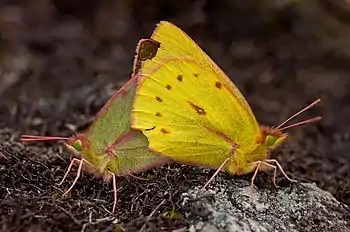
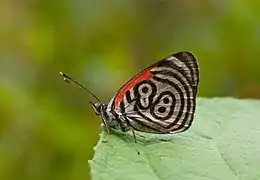

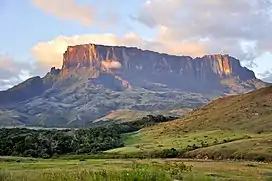
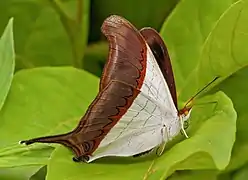
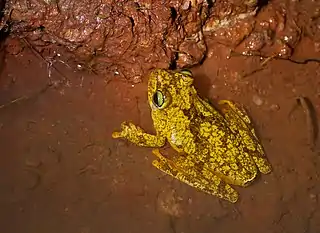

-1_peso_(1811%252C_First_Issue).jpg.webp)
-Venezuela_-_Caracas_-_Parque_del_Este_(72)-4.jpg.webp)